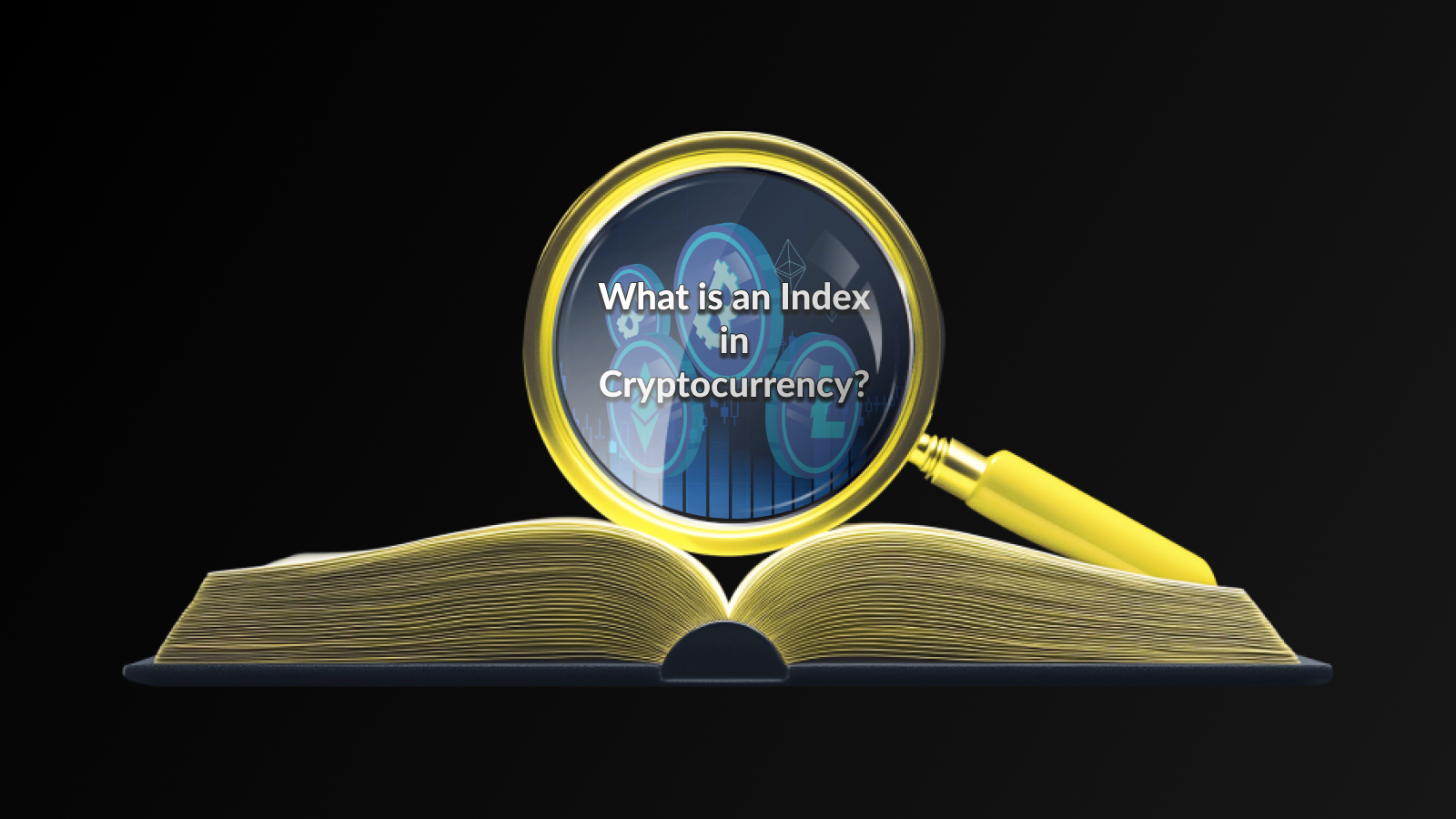Introduction
Explore impermanent loss in liquidity provision, how it occurs, strategies to minimize it, and the pros and cons of providing liquidity in DeFi.
In the context of decentralized finance (DeFi), Liquidity Pool Impermanent Loss refers to the potential loss a liquidity provider may incur when the price of the assets in a liquidity pool diverges from the price at which they were deposited. This scenario can be particularly daunting for investors, especially those engaging in yield farming strategies, where the risks are heightened.
Providing liquidity in these pools is essential for facilitating trades and ensuring market efficiency; however, it comes with inherent risks. Understanding impermanent loss is crucial for anyone looking to navigate the evolving landscape of DeFi yield farming.
Liquidity providers must be aware that while they earn trading fees and incentives, fluctuations in asset prices can lead to a situation where the value of the tokens withdrawn is less than what they initially deposited. This impermanent loss can be exacerbated during high volatility periods, making risk assessment vital.
It’s important for investors to evaluate the potential risks of impermanent loss in conjunction with the benefits of providing liquidity. As the DeFi space continues to grow, being informed about these dynamics can help in making better investment decisions.
How Does Impermanent Loss Occur?
Impermanent loss occurs when the price of the assets in a liquidity pool diverges from their price at the time of deposit. This divergence can lead to a lower overall value of the assets when withdrawn compared to what the investor would have had by merely holding the assets outside of the pool. The concept is crucial for anyone participating in DeFi yield farming risks because it emphasizes the trade-offs involved in providing liquidity.
When users deposit assets into a liquidity pool, they typically provide equal value in terms of both assets. However, if one asset appreciates significantly while the other depreciates, the liquidity pool mechanics force a rebalancing that results in the liquidity provider ending up with less of the appreciating asset and more of the depreciating one. This phenomenon is the essence of liquidity pool impermanent loss.
Moreover, impermanent loss is amplified during periods of high volatility. When cryptocurrency markets experience rapid price fluctuations, which is common in DeFi, the potential for loss becomes more pronounced. Therefore, investors must consider the volatility of the assets they provide to mitigate this risk effectively.
While impermanent loss is a natural part of participating in liquidity pools, understanding its mechanics can help investors make informed decisions about whether to engage in DeFi yield farming risks and how to best allocate their assets.
How to Minimize Impermanent Loss?
Minimizing Liquidity Pool Impermanent Loss can be a challenging task for liquidity providers, but there are several strategies you can employ to safeguard your investments. One of the most effective methods is to choose stablecoin pairs for your liquidity pools. By using assets that are pegged to fiat currencies, you can greatly reduce the volatility that typically leads to impermanent loss.
Another tactic involves participating in DeFi Yield Farming Risks mitigation strategies. This can include utilizing automated market makers (AMMs) that have built-in protections against significant price fluctuations. Additionally, staying informed about market trends and adjusting your liquidity positions accordingly can assist in reducing the potential for impermanent loss.
Diversifying your assets across multiple liquidity pools can also be beneficial. By spreading your risk, you lessen the impact any single asset’s price volatility may have on your overall portfolio. Moreover, utilizing liquidity pools that offer incentives, such as rewards or staking opportunities, can help offset the losses incurred from impermanent loss by providing you with additional returns.
Understanding the underlying risks associated with liquidity provision is key. By employing these strategies and remaining vigilant, you can effectively minimize DeFi Yield Farming Risks and protect your investments against impermanent loss.
Pros and Cons of Providing Liquidity
When participating in liquidity pools, investors often weigh the DeFi Yield Farming Risks against the potential rewards. Providing liquidity can offer lucrative returns through transaction fees and incentives. However, it is essential to consider the implications of Liquidity Pool Impermanent Loss. This phenomenon can diminish your earning potential, especially during times of high volatility in the asset prices.
On the positive side, liquidity providers can benefit from passive income generated through fees and rewards from yield farming. These benefits can be substantial, particularly in a thriving decentralized finance (DeFi) environment. Additionally, engaging in liquidity provision helps create more efficient markets, allowing other traders to execute their transactions without significant slippage.
Conversely, the drawbacks include the risk of impermanent loss, which primarily arises from the price divergence of the tokens in the liquidity pool. If the value of one token increases significantly compared to the other, providers may find themselves at a loss when withdrawing their funds. The liquidity provider’s capital can also be subject to speculation, increasing exposure to market volatility.
Furthermore, the necessity to lock up assets for an extended period can reduce flexibility, preventing investors from reallocating their capital to more profitable opportunities. This aspect can be particularly burdensome for those looking to make agile investment decisions.
Evaluating these pros and cons is crucial for any investor thinking of entering the world of DeFi and liquidity pools. Understanding the intricate dynamics at play and staying informed about market trends can help mitigate risks while maximizing potential rewards.
Disclaimer
This article is for educational purposes only and should not be considered financial or investment advice. Cryptocurrency investments involve risks, and traders should conduct their own research before making financial decisions.
Click here for more Darkex Education articles.





